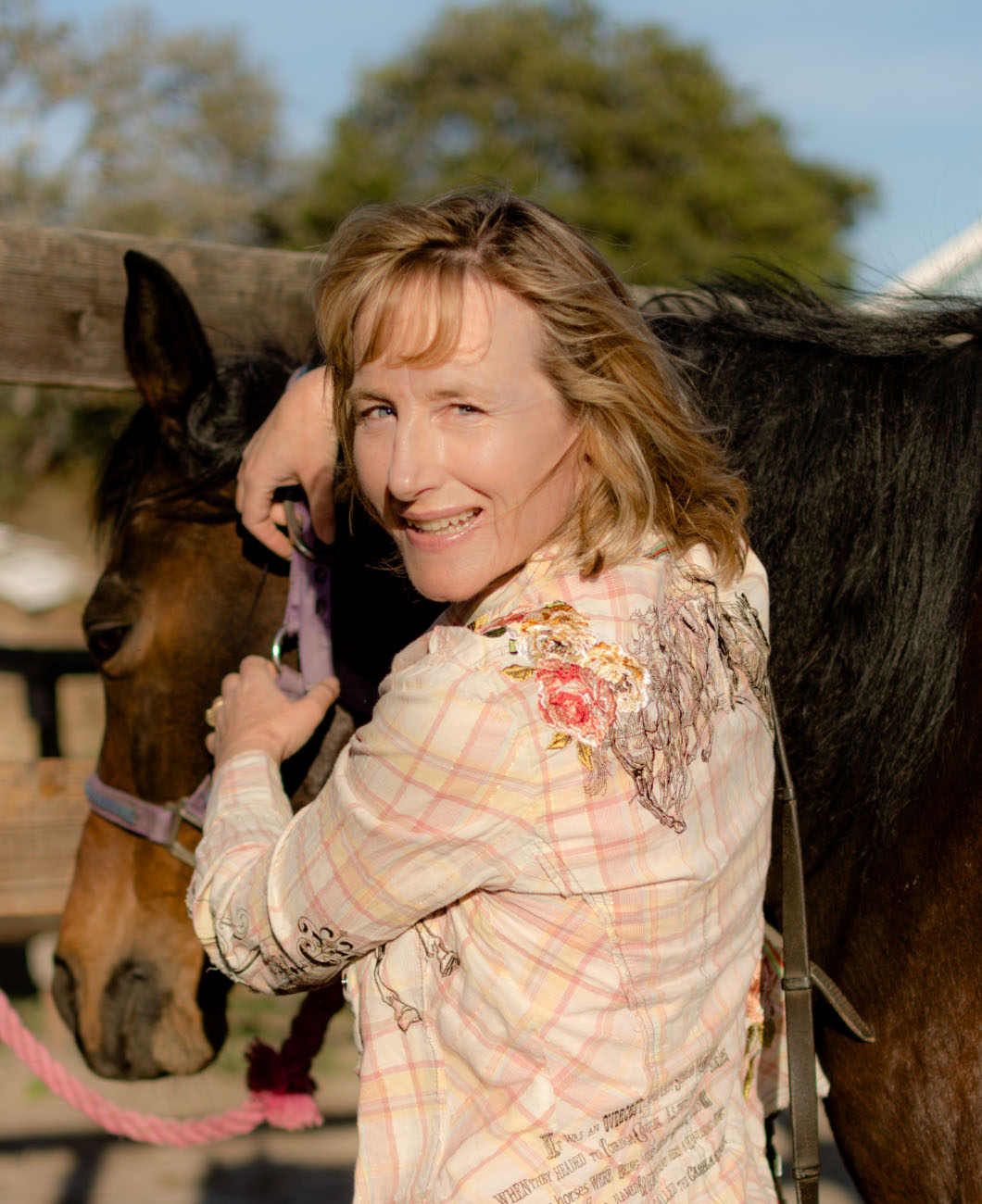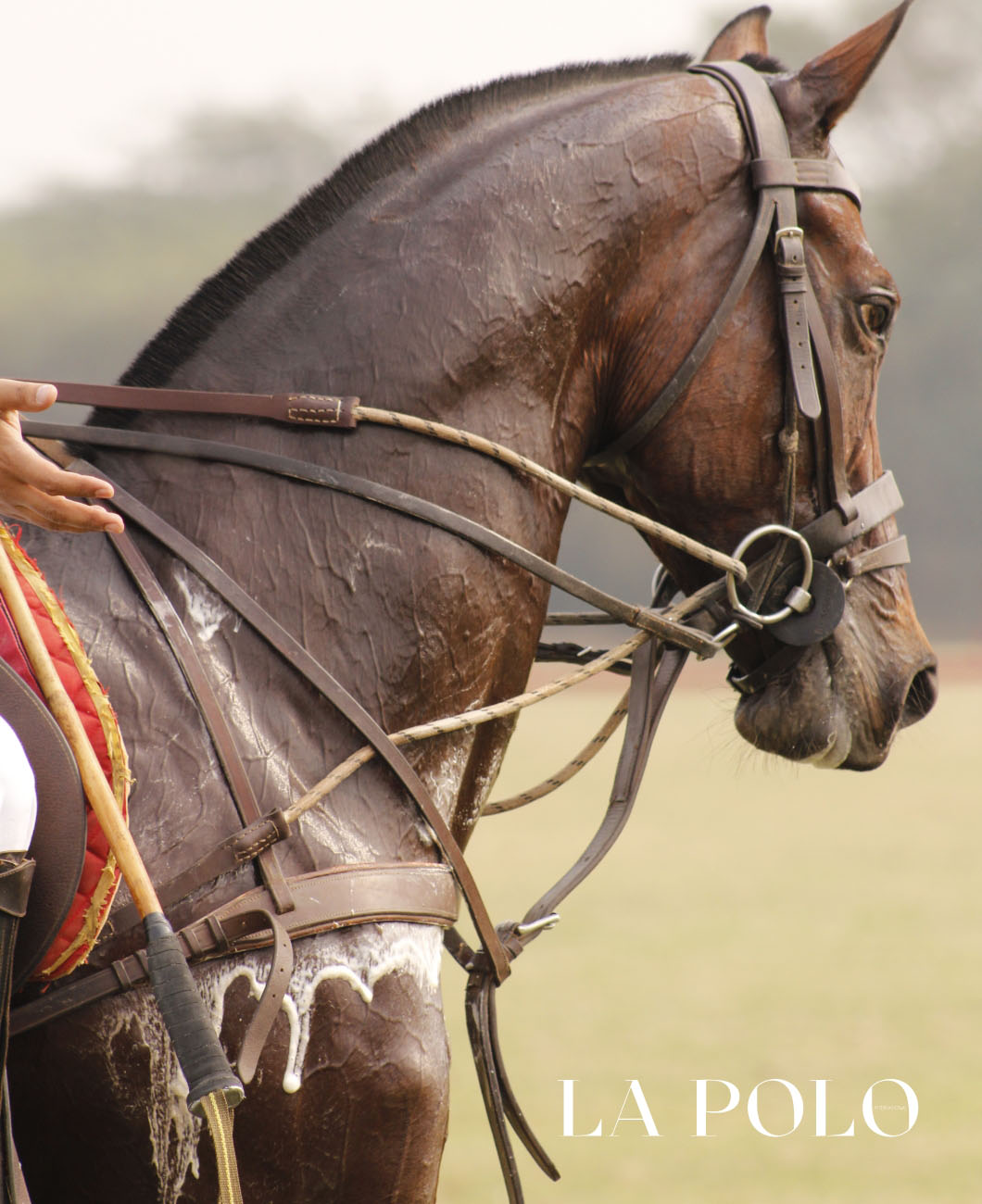Grooming tips by expert Sharon Jantzen
The more time you spend with the horse doing activities from the ground, the more it knows your cues, and trusts your leadership.

Grooming a horse is like taking care of a child. Hands-on horse riders invest a great deal of energy and time on the ground with their horses. Grooming, leading, cleaning up horse manure, feeding two-three times a day, lunging, round pen training, bathing, braiding for a show, sharing heartbreak or joy…these are all interactions taking place from the ground. This is how genuine connection with a pony is built.
“A horse is the projection of peoples’ dreams about themselves–strong, powerful, beautiful–and it has the capability of giving us escape from our mundane existence.”
– Pam Brown, poet
Riders realize what causes their pony to feel great while grooming. Ponies gain signals for moving from pressure. Says author Sharon Jantzen, presently looking at the equestrian network regarding San Luis Obispo (SLO) county in California, and beyond, through SLO Horse News (slohorsenews.net): “The more time I spend with my horse doing activities from the ground, the more my horse knows my cues, and trusts my leadership. All this interaction transfers to our ride time together. In return, my horse learns to read my body language, even my emotions. My horse can sense when I am happy or sad, tense or relaxed.”

Sharon is effectively applying dressage principals to a Rocky Mountain Gaited horse. Exploring San Luis Obispo County via horseback is a favourite pleasure. Sharon is also raising a two-year-old Connemara filly.
One of the best ways to explore the great outdoors is Trail Riding. Both the horse and the rider benefit from getting out of the arena while exploring new trails. San Luis Obispo County on California’s Central Coast provides a myriad of trail riding experiences – from galloping down a wide beach to walking and trotting over hills in the shade of mighty oaks - all with grand vistas and views. “Exploring nature with my horse and my best horse pals and family is the source of many of my fondest life memories,” says Sharon.
Time is valuable, particularly for riders who groom and tack up their own pony. Familiarity with the horse enables a rider to quickly assess any problems such as leg swellings, back soreness, deeps cuts or bites, and anything abnormal. Establishing a routine which includes all the important aspects of grooming keeps the needs of the horse intact while cutting down on grooming time. This in turn provides the rider with more ride time while being a desirable riding buddy.
Sharon says the purpose of SLO Horse News is to inspire, connect and inform the equestrian community in San Luis Obispo County, California and beyond. All the stories are original and focus on the people, horses, places and happenings within the vibrant equestrian community. A broader audience is reached with stories about horsemanship, horse care, riding tack and clothing. Visitors to SLO County, especially equestrian enthusiasts, appreciate knowing about the events and activities to be experienced when planning a trip to this slice of paradise.

“I don’t really have a specialty, besides being able to groom and tack up quite efficiently. One thing I do enjoy is making sure my horse is comfortable. For example, my Carrera has really thin skin, so the flies cause little patches of raw areas on her face and lower forelegs. I apply Coat Defense to those areas on her face and front legs when I groom her after a ride. Her skin is looking really good this year,” she shares.
Horsemanship is about 75% ground work (grooming, feeding, mucking, leading etc.) and 25% saddle time. Insist on grooming and tacking up the horse you ride to really understand how to connect with the horse. Grooming is one aspect of groundwork that translates to good saddle time. For example, every push on your horse to move its hindquarters or body to make way for you is reinforcing the training of moving away from pressure.

